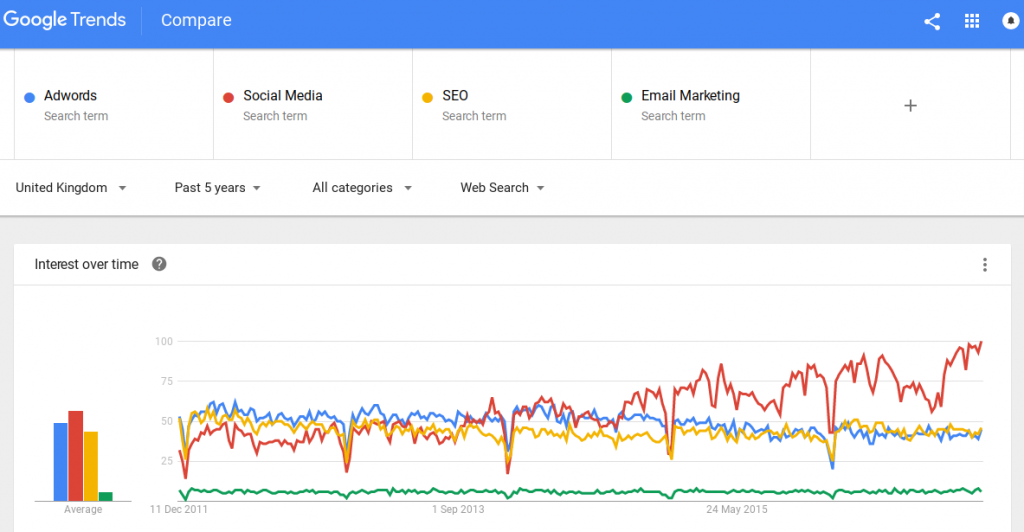

Our results provide new insights into work specifically on political protests, while providing a general approach to GT that should be useful to researchers of many important, if rare, phenomena. Key Takeaways from Google Trends Analysis. The model’s out-of-sample forecasts predict protests with higher accuracy than extant work using structural predictors, high frequency event data, or other sources of big data such as Twitter.

It gives insight into what keyword searches are currently. We use data from the Crowd Counting Consortium between 20 to build a sample of true protest events as well as a synthetic control group where no protests occurred. (2010) used Google Trends data in epidemiological research monitoring the spread of Lyme disease, a potentially life threatening tick-borne infection. Google Trends is a wonderful instrument that can help you understand trending searches on Google. Google Trends is an extremely powerful research tool that lets you see how different parts of the search market have developed over the. To elucidate our approach, we use it to forecast protests in the United States. By collecting multiple and overlapping samples of GT data over time, our algorithm leverages variation both in the mean and the variance of a search term in order to accommodate some idiosyncracies in the GT platform. Google Trends provides access to a largely unfiltered sample of search queries made to Google, anonymised, categorised (according to the topic of the search. data analytics - Google Trends Explore search interest for data analytics by time, location and popularity on Google Trends My Account Search Maps YouTube Play News Gmail Drive Calendar Translate. We propose a new ‘variance-in-time’ method for forecasting events using GT. Google search is ubiquitous, and Google Trends (GT) is a potentially useful access point for big data on many topics the world over.


 0 kommentar(er)
0 kommentar(er)
